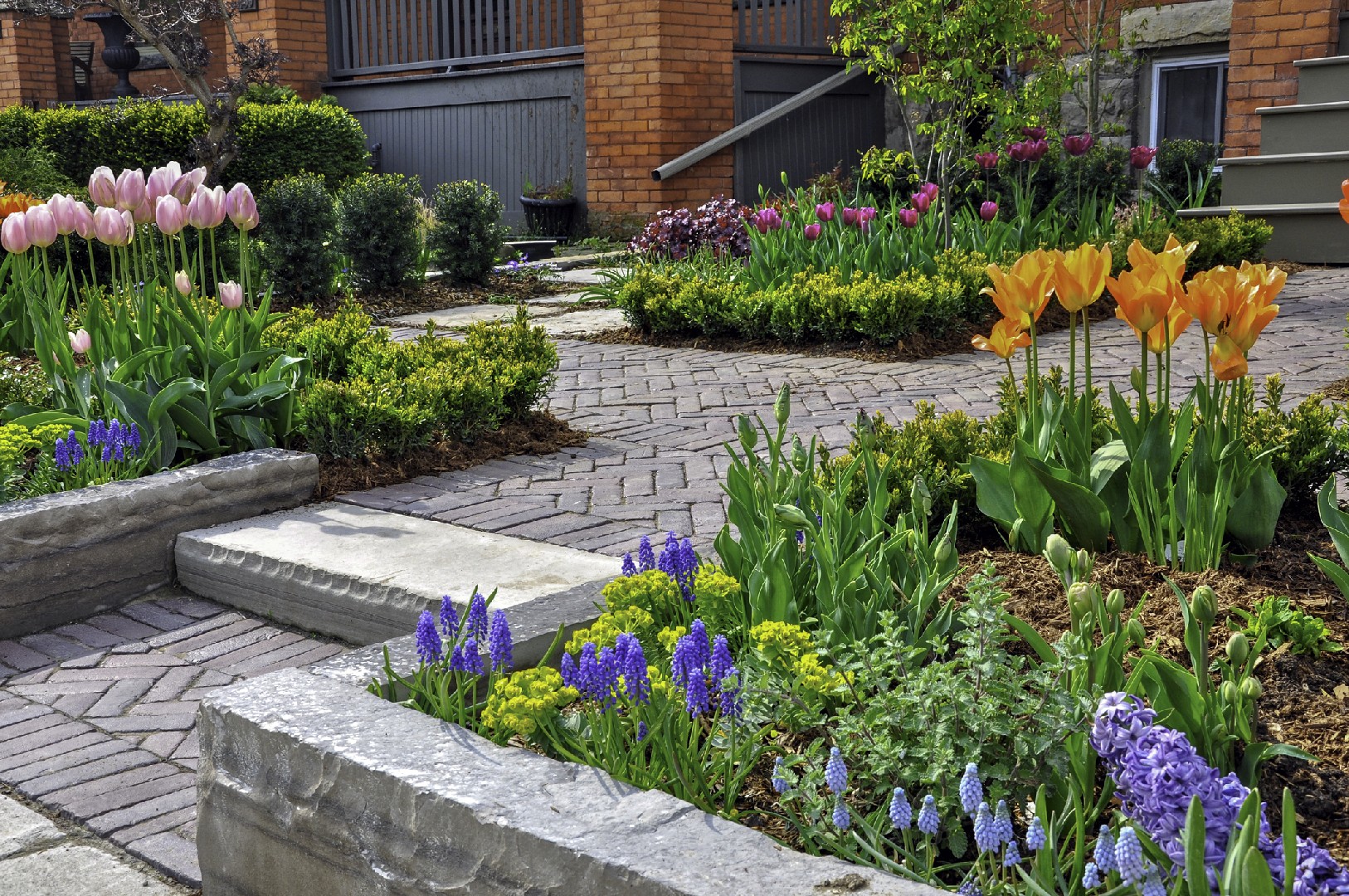![Rectangle]()
Creating a Pathway - Mapping the Garden Journey
When it comes to crafting reflective seasonal garden paths, creating a pathway that maps the garden journey is essential. This process involves determining the shape, material, and flow of your garden path to ensure an immersive and reflective experience for those who walk through it.
One method to consider when mapping your garden journey is using different materials for your path. For example, you can combine stones, pavers, and gravel to create a visually interesting and textural pathway. Mixing materials not only adds variety but also allows for different reflective qualities, enhancing the overall atmosphere of the garden.
In addition to materials, incorporating unexpected elements along the path can further enhance the reflective experience. Consider adding garden seats or bird feeders strategically placed along the path. These elements not only provide resting spots but also create opportunities for reflection and appreciation of the surrounding nature. Sitting on a garden seat or watching birds at a feeder can bring a sense of tranquility and connection to the garden environment.
Another aspect to keep in mind when mapping the garden journey is guiding the pathway through the strategic positioning of plants, decorative elements, and sensory features. By placing plants with different heights and textures along the path, you can create a sense of rhythm and movement. Additionally, incorporating decorative elements like statues or arches can add focal points and visual interest. Sensory features, such as scented plants or water sounds, can engage multiple senses, encouraging visitors to slow down and fully immerse themselves in the garden experience.
To ensure a successful mapping of the garden journey, there are several skills and knowledge that can be invaluable. Understanding the principles of design, such as balance, proportion, and focal points, can help in creating a visually pleasing and harmonious path. Learning about different plant species and their growth habits can aid in selecting suitable plants for specific sections of the path. Additionally, having knowledge of various construction techniques can be beneficial when deciding on the shape and material of the path.
In conclusion, when crafting reflective seasonal garden paths, creating a pathway that maps the garden journey is crucial. By considering the shape, material, and flow of the path, incorporating unexpected elements, and strategically positioning plants and decorative features, you can create an immersive and reflective experience. Furthermore, acquiring skills in design principles, plant knowledge, and construction techniques can greatly contribute to the success of your garden path. So, take the time to plan and create a pathway that not only serves as a walkway but also as a source of inspiration, reflection, and connection with nature.





